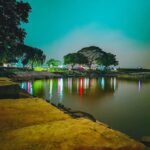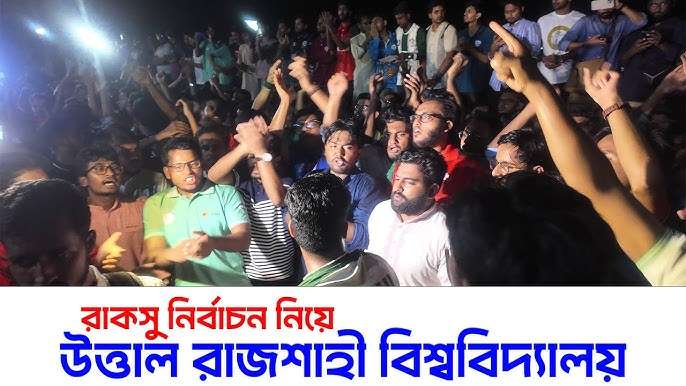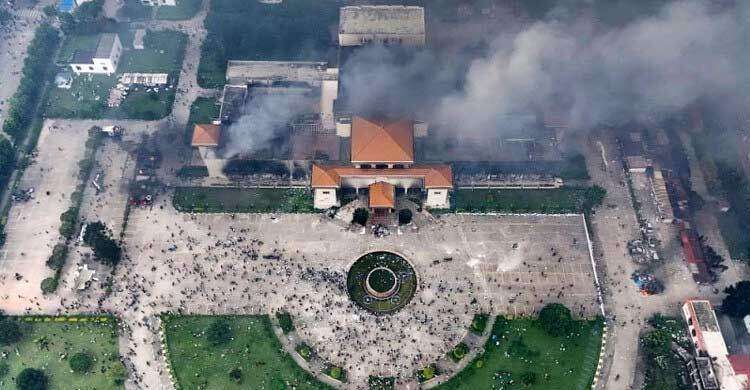 Rajshahi District: A Cultural and Historical Gem of Bangladesh-
Rajshahi District: A Cultural and Historical Gem of Bangladesh-
Rajshahi District is one of the most historically and culturally enriched regions of Bangladesh. Located in the northwestern part of the country, Rajshahi is widely known for its silk, mangoes, educational institutions, and archaeological heritage. The district not only holds immense economic significance but also offers a blend of natural beauty and deep-rooted traditions.
In this comprehensive travel and cultural guide, we’ll delve into the fascinating aspects of Rajshahi District — from its history and economy to tourism and lifestyle — all while keeping SEO best practices in mind.
A Brief History of Rajshahi District-
The history of Rajshahi District dates back centuries. It was once part of the ancient Pundravardhana region, with links to the Maurya, Gupta, and Pala empires. The district gained administrative importance during the British colonial period when Rajshahi Division was formed in 1825.
Rajshahi city, the district headquarters, was a significant center during the British era due to its strategic location by the Padma River. The district has witnessed many historical events including the Indigo Revolt, the anti-British movement, and later, the Liberation War of Bangladesh in 1971.
Geographical Overview-
Rajshahi District is bordered by the Padma River to the south and shares boundaries with Naogaon, Natore, and Chapainawabganj districts. The fertile land and riverine climate make Rajshahi perfect for agriculture, especially mango and silk cultivation.
Famous for Rajshahi Mangoes-
Rajshahi District is often referred to as the “Mango Capital of Bangladesh.” Its mangoes are not just locally loved but also exported globally. Varieties like Langra, Gopalbhog, Himsagar, and Fazli are cultivated in abundance here.
The mango season (May to August) turns the district into a bustling hub of trade and tourism. The government has even taken steps to develop a “Mango Tourism” industry to attract local and international tourists during this period.
Rajshahi Silk: A Legacy of Craftsmanship-
Rajshahi is synonymous with silk. The Rajshahi Silk Industry is an age-old tradition that dates back to the Mughal period. Rajshahi silk sarees and fabrics are known for their softness, vibrant colors, and elegant designs.
The Bangladesh Sericulture Research and Training Institute (BSRTI), located in Rajshahi, plays a crucial role in preserving and promoting this industry. Rajshahi silk continues to be a source of pride and income for many artisans and weavers in the district.
Education and Intellectual Heritage-
Rajshahi District is a hub for education in Bangladesh. It houses some of the most prestigious educational institutions in the country, including:
- University of Rajshahi – One of the largest public universities in Bangladesh
- Rajshahi College – Established in 1873, one of the oldest colleges in the country
- Rajshahi Medical College
- Rajshahi University of Engineering & Technology (RUET)
Due to its academic excellence, Rajshahi is often called the “Education City of the North.”
Tourist Attractions in Rajshahi District-
There is no shortage of beautiful and historically significant places to visit in Rajshahi District. Here are some must-see destinations:
1. Puthia Temple Complex
This site boasts the largest number of historic Hindu temples in Bangladesh, including the famous Govinda Temple and Shiva Temple. The architecture reflects intricate terracotta work and artistic grandeur.
2. Bagha Mosque
Built in 1523 during the Sultanate period, this mosque is a masterpiece of Islamic architecture. It’s adorned with terracotta art and is a popular religious and historical site.
3. Varendra Research Museum
Established in 1910, it is one of the oldest museums in Bangladesh. It showcases ancient artifacts from the Pala, Gupta, and Sena dynasties.
4. Padma River Bank
A walk or boat ride along the Padma River offers a tranquil escape. The riverbank is popular among both tourists and locals for its scenic beauty, especially at sunset.
5. Chhoto Sona Mosque (nearby)
Though technically in Chapainawabganj, this mosque is very close to Rajshahi and worth visiting for its historic Mughal architecture.
Culture and Lifestyle in Rajshahi District-
The people of Rajshahi are known for their warm hospitality and simple, traditional lifestyle. Festivals like Eid, Durga Puja, and Bengali New Year are celebrated with great enthusiasm.
Local cuisine includes rice, lentils, hilsa fish, and of course, mango-based dishes during the season. Rajshahi’s sweets, especially Rasgolla and Kalojam, are also quite popular.
Economy and Agriculture-
The economy of Rajshahi District is largely based on agriculture, trade, and education. Major crops include rice, wheat, lentils, and sugarcane, apart from mangoes.
The district is also focusing on industrial growth, especially agro-based industries and silk production. Government initiatives are helping to promote sustainable farming and boost exports.
Transportation and Accessibility-
Rajshahi District is well-connected by road, rail, and air:
- By Air: Rajshahi Airport has regular flights to Dhaka.
- By Train: Rajshahi Railway Station is a central hub with intercity train services.
- By Road: Buses and cars offer direct routes to major cities like Dhaka, Khulna, and Bogura.
Getting around within the district is convenient with rickshaws, CNGs, and taxis widely available.
Why Visit Rajshahi District?-
Here’s why Rajshahi should be on you-r travel list:
- Rich historical and cultural heritage
- Delicious and world-renowned mangoes
- Unique silk products and weaving traditions
- Prestigious educational institutions
- Scenic riverbanks and natural beauty
- Friendly, welcoming locals
Whether you’re a history buff, a nature lover, a student, or a foodie, Rajshahi District has something to offer for everyone.
Conclusion-
Rajshahi District is more than just a place — it’s an experience. Whether you’re interested in its ancient temples, thriving mango orchards, or the peaceful riverside views, Rajshahi has a timeless appeal. It’s a district that celebrates the past while embracing the future, making it a must-visit destination in Bangladesh.
FAQs About Rajshahi District-
1. What is Rajshahi District famous for?
Rajshahi District is famous for its mangoes, silk industry, educational institutions, and historical sites like the Puthia Temple Complex and Bagha Mosque.
2. When is the best time to visit Rajshahi?
The best time to visit Rajshahi is between November and March for pleasant weather, or May to July during the mango season.
3. How can I get to Rajshahi from Dhaka?
You can travel by plane, train, or bus. Flights take about 45 minutes, while trains and buses take approximately 5–7 hours.
4. Are there good places to stay in Rajshahi?
Yes, Rajshahi offers a range of accommodations from budget hotels to luxury stays like Hotel Nice International and Hotel Warisan.
5. Is Rajshahi safe for tourists?
Yes, Rajshahi is considered one of the safest districts in Bangladesh with a low crime rate and welcoming locals.












